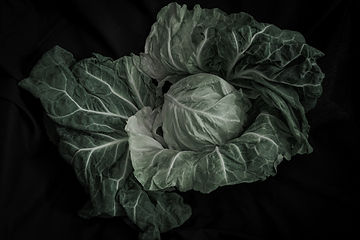
Best Practices
No one knows a food hub's value better than you. When you talk about it, make sure people are listening.
Here's how.

WHAT TO SAY
Know your target audience. Speak directly to their interests and motivations.
Try framing your content with the problem-solution method (why it's important to support local farmers, and how it can be done).
Provide a way for interested people to learn more.
For print, use images that are 300 dpi at minimum, and copyright free (find good, open-source images on Flickr).
A picture says a thousand words. Make
sure your materials are image-heavy.

Give more space to images than text.
Keep copy short and avoid headers over 6 words.
Look for opportunities to co-brand, including both your logo and your customer's.
Use a friendly tone while maintaining professionalism.
Use simple, easy-to-read fonts. Stick to no more than two.
Use attention-grabbing headlines - don't waste that prime space.
Stay away from acronyms and jargon that your audience
wouldn't know.

Place materials where people have down-time to read them. Consider swapping out point-of-sale cards with table tents when appropriate.\
Hang posters outside of just the cafeteria. Try classrooms and athletic areas.
Reinforce print materials with social media messages; offer simple posts to customers to use weekly, along with a deployment timeline.
Most people need to see something three times before it really sinks in. Don't be afraid to re-use materials!